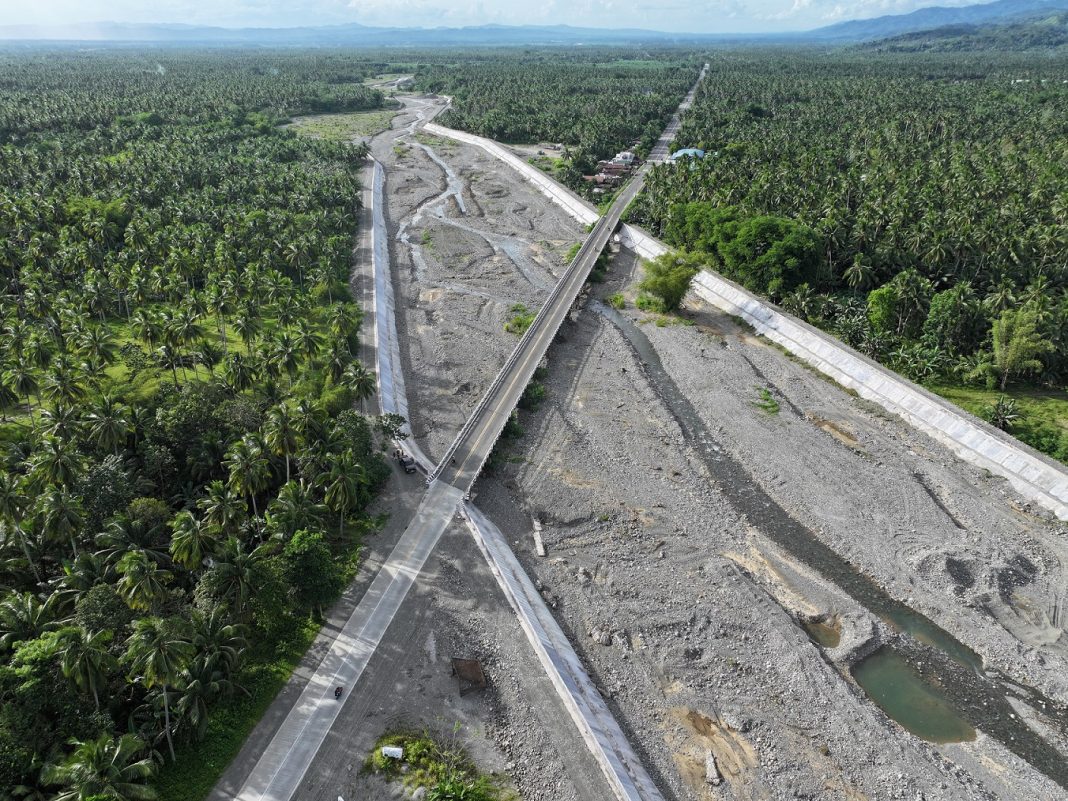What if the Philippines had curbed corruption nearly a decade ago?
The misuse of public funds has cost the country an estimated PHP1.6 trillion in 2024 alone—and a staggering PHP10–12 trillion cumulatively from 2016 to 2024. That’s money that could have built schools, hospitals, and roads—or accelerated the nation’s climb to upper-middle-income status.
The anomalous flood control projects that enraged the nation had caused the domestic economy to retard, growing only by 4 percent in the third quarter, the height of corruption scandal after President Marcos Jr. divulged the scandal in his State of the Nation Address on July 28. It was the slowest pace seen in four years.
It also marked the slowest performance since the first quarter of 2021, when the local economy had contracted by 3.8 percent due to the stringent lockdown protocols triggered by the COVID-19 pandemic.
The third quarter growth brought the year-to-date average to 5.0 percent, below the government’s target range of 5.5 to 6.5 percent, due to sharp contraction in spending for public construction projects and lower disbursement of government subsidies, data from the Philippine Statistics Authority (PSA) showed.
Carlo Asuncion, Chief Economist at Union Bank of the Philippines, said these lost resources could have boosted annual GDP growth by 1.5 to 2.5 percentage points if invested in infrastructure, logistics, education, and health.
For example, corruption in flood control projects alone reportedly siphoned off PHP42.3–PHP118.5 billion yearly between 2023 and 2025, cutting growth from 6 percent to about 5.5–5.7 percent. Estimates indicate that as much as one-fifth of the national budget disappears to corruption each year.
Had those funds been used properly, the Philippine economy could have sustained 6–7 percent growth, reduced poverty faster, and accelerated infrastructure rollout. With clean governance, the country could already be an upper-middle-income economy by 2024, ranking fourth in ASEAN by GDP per capita instead of fifth.
To qualify for that status, a nation must reach a Gross National Income (GNI) per capita of USD 4,496. The Philippines posted USD 4,150 in 2024, placing fifth in ASEAN—behind Singapore, Brunei, Malaysia, and Thailand, but ahead of Vietnam, Cambodia, Laos, and Myanmar. In Purchasing Power Parity (PPP) terms, the Philippines recorded USD 10,376, still mid-tier in the region.
“If flood control funds were properly used, they could have reduced disaster-related losses and improved agricultural productivity, especially in vulnerable regions,” Asuncion noted.
But corruption has done more than waste money—it has eroded investor confidence, deterred FDI, and dragged down productivity, stalling development for nearly a decade.
Road to upper-middle-income status
The World Bank expects the Philippines to reach upper-middle-income status by 2027, but only if governance improves and anti-corruption reforms take hold.
“If governance improves, the Philippines could realistically hit upper-middle-income status by 2027,” Asuncion said, emphasizing the need for consistent 6 percent + GDP growth.
If President Ferdinand Marcos Jr. delivers on his anti-corruption and infrastructure agenda, Asuncion forecasts growth exceeding 6 percent annually from 2028, driven by efficient public spending and logistics upgrades.
Improved governance and logistics would attract more foreign investors, lower business costs, and expand export capacity, moving the Philippines closer to ASEAN’s mid-tier economies.
Corruption matters
Corruption isn’t just a moral issue—it’s an economic one. Every peso lost is a peso not invested in classrooms, health, or connectivity—the backbone of productivity and inclusive growth.
The International Monetary Fund (IMF) estimates that reducing corruption to Singapore’s level could raise the investment-to-GDP ratio by 6.6 percentage points and lift GDP per capita growth by 1.65% annually.
Remaining three years
Assuming reforms succeed, Asuncion expects GDP growth to breach 6 percent by 2028, marking a strong finish for the Marcos administration.
He projects growth of 5.3 percent in 2025, 5.7 percent in 2026, and 5.8 percent in 2027, supported by improved governance, investor confidence, and reduced red tape.
By then, logistics costs will have fallen through port upgrades, cold-chain expansion, and digitalization, improving rural connectivity and MSME participation in supply chains. Better tax efficiency will strengthen public finances, allowing more funds for infrastructure and social services.
The outlook reflects a steady recovery, powered by domestic demand, resilient remittances, and revived infrastructure spending through Build Better More (BBM) and Public-Private Partnerships (PPPs).
Key policy drivers include CREATE MORE, Public Service Act (PSA) amendments, RCEP, and other free trade agreements, alongside easing inflation, which could open space for monetary support.
Still, risks remain—from a global slowdown and trade tensions to climate-related disasters and project delays.
A lost decade, or a turning point?
If corruption had been curbed since 2016, the Philippines might already be enjoying stronger growth, higher incomes, and more resilient infrastructure. But the next three years could still define whether this becomes a lost decade—or a turning point toward a cleaner, more competitive economy.




